Nairn railway station’s historic footbridge could eventually be looking for a new home as Network Rail plan replacements.
The iron footbridge is part of the listed buildings group that makes up the station footprint.
But it will be replaced by a modern bridge with lift towers so that the station is more accessible for everyone.
The work has to be done by the time the trains on the north lines are fully electrified.
Some say that will take years – others suspect it will never come to pass.
But for railway enthusiasts and lovers of heritage, the burning question is – what happens to the old bridges when they’re no longer needed?
This week, Highland Councillors on the south planning committee approved Network Rail’s request for the work.
They also approved a similar application for Kingussie footbridge.
But they applied some conditions to protect the old bridges.
So what happens next?
Why do the Nairn and Kingussie bridges need replaced?
At both Nairn and Kingussie, the issues are broadly the same. Network Rail say the old bridges need to be replaced to make the stations more accessible.
The new bridges will have lifts as well as stairs, making life much easier for lots of people.
Another reason for replacing the old bridges is that they are too low to accommodate trains if and when north lines are fully electrified.
But those in the know say that could be many years away.
At this week’s meeting, the local councillors who spoke on the subject were happy that there was to be an upgrade.
But the big question was – what would happen to Nairn’s old bridge (and Kingussie’s) when the new bridges are built?
In both cases, the old bridges are part of the group of buildings and structures that give the stations listed building status.
What happened at the meeting?
The Nairn application was taken first.
Planning official Norman Brockie talked through the application.
He said that to lose the footbridge in Nairn before it was “justified” by electrification would be “completely unacceptable”.
He said the new bridge was “not exactly a thing of beauty”, but conceded: “They have tried to soften the design with heritage features.”
One of the local councillors, Paul Oldham, said they were very lucky to have Nairn station.
He pointed out it was still in good condition and said it had even been used in a Sherlock Holmes production.
Fellow councillor Laurie Fraser agreed that the accessibility work was “long overdue”. He also worried that the old bridge would be blocked off from use and become an eyesore.
Network Rail got their listed consent to do the work, but with the condition that there should still be access to the old bridge.
That would mean it wouldn’t be removed until necessary for electrification.
Then they moved on to Kingussie, which had two applications in.
The first one was thrown out – and Mr Brockie said it was “one of the most insensitive examples of development I have ever seen.”
Local councillor Russell Jones added the community had fought against the first application because the new bridge would be very close to the old station house.
He said it had caused “anguish and pain” for the family who lived there.
The position of the bridge in the second application was more acceptable to the committee, who gave consent.
But they also had similar conditions about access and removal of the old bridge.
What happens now?
If Network Rail accept the conditions, neither bridge will be going anywhere for quite a long time.
But there could well come a point where they have to be moved – so where would they go?
In previous cases, Network Rail say they “value” railway heritage and “would always seek to find a way to relocate and reuse the bridges”.
In the past, bridges have been rehomed to heritage railways.
For now, a spokesman for Network Rail said they were “glad” about the meeting’s outcome.
He added: “Improving access to the railway is a key enabler of modal shift and supports our view that rail travel is for everyone.
“We will take some time to review the conditions attached to the approvals and discuss these further with stakeholders, including the Council, to agree next steps.”
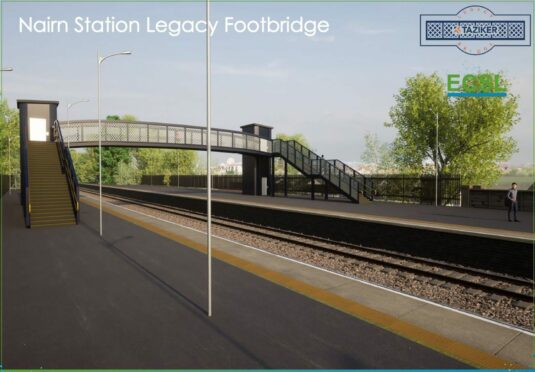

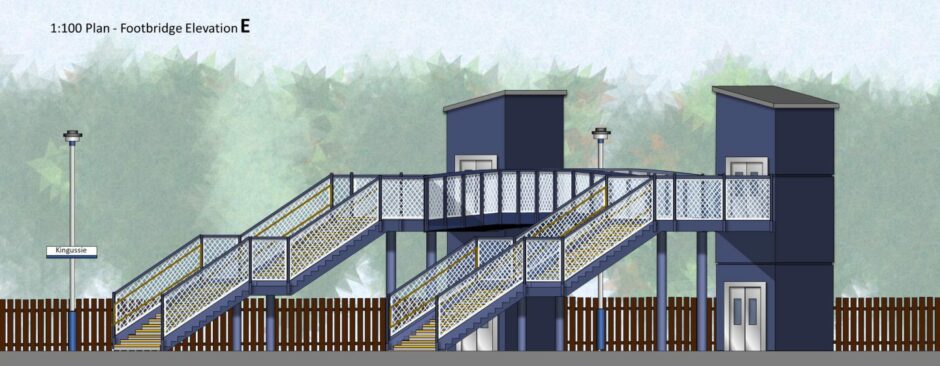
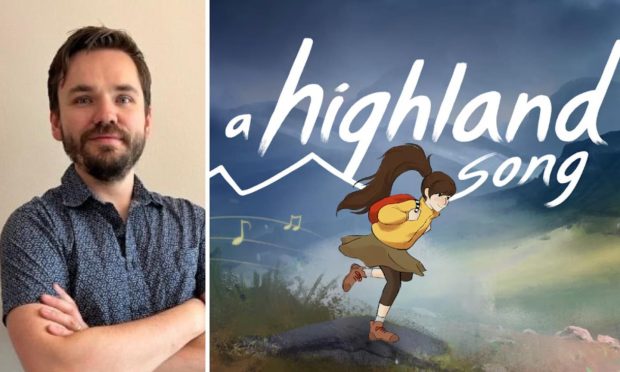

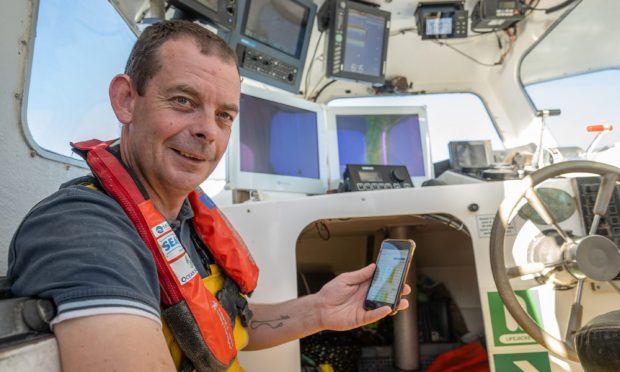
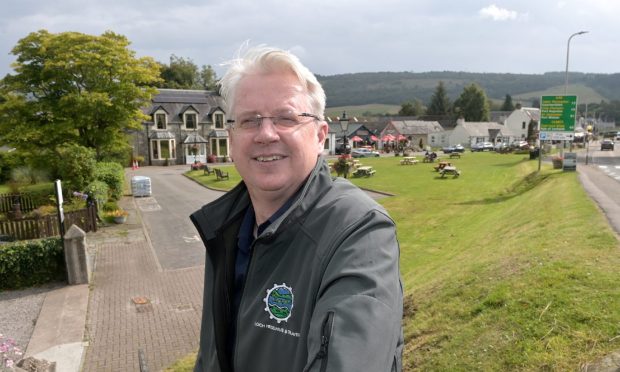
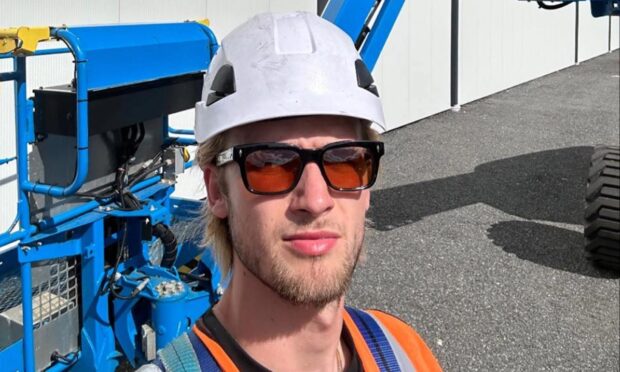

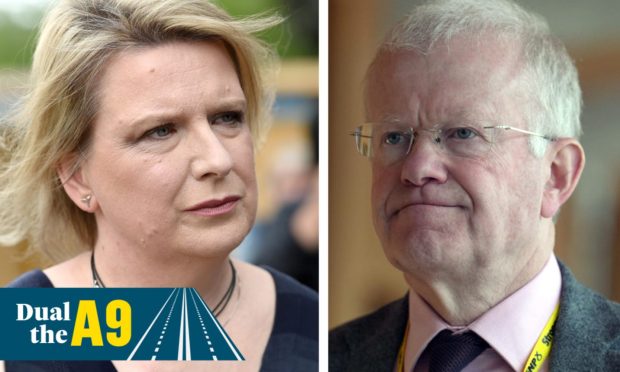

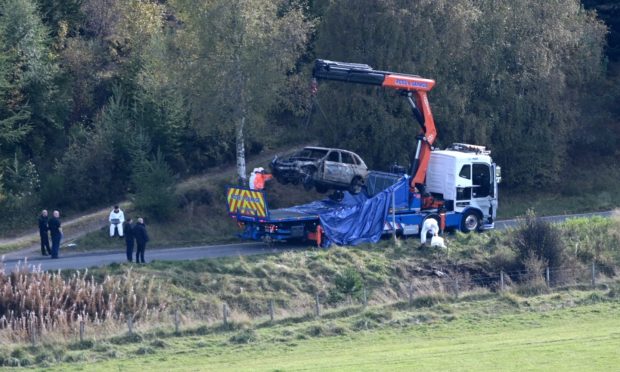
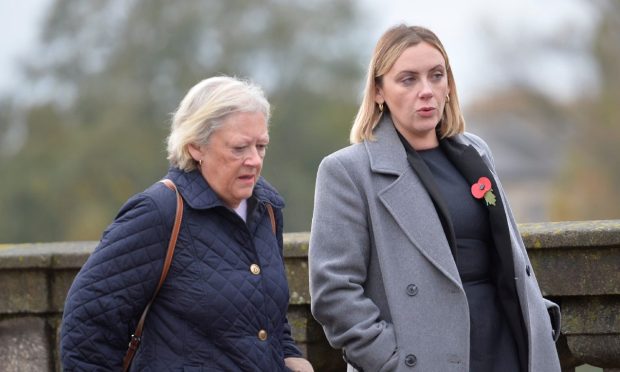
Conversation